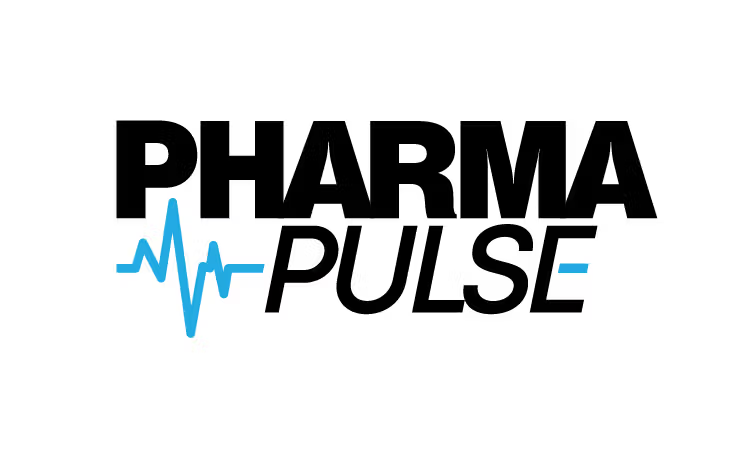Image Credit: Adobe Stock Images/VILevi.com
The purpose of Medicaid’s 340B Drug Pricing Program is to grant the participating safety-net hospitals and clinics with incentives—in the form of discounts—from pharma companies on certain outpatient drugs, while billing insurers general reimbursement rates.
In other words, says the Health Resources & Services Administration, the goal is to “stretch scarce federal resources as far as possible, reaching more eligible patients and providing more comprehensive services.”1
The discount awarded to these entities is estimated to hover around 35% and over the past couple decades alone, the number of participating hospitals in the program has risen exponentially from 591 hospitals in 2005 to 2,437 hospitals in 2017. Even with these hospitals financially benefitting, a consensus is yet to be reached as to whether these extra perks have gone toward funding care for low-income or uninsured patients.
A study published in JAMA Health Forum2 sought to explore whether hospitals respond differently to 340B program participation by service profitability or ownership; investigators wanted to determine whether the program was associated with access to hospital-based services, while determining if that association differs by hospital ownership.
Investigators used data from the American Hospital Association (AHA) Survey from 2010 to 2019—alongside hospital and market characteristics—to conduct this particular longitudinal cohort study.
Using data that was examined analyzed from Jan. 1, 2023, to Jan. 31, 2024, the final study sample consisted of 2,152 acute care hospitals, equating to 1,074 newly participating and 1,078 hospitals that were not participating in the 340B program. Results of the analysis indicated that participating hospitals were more likely than nonparticipating hospitals to be critical access and teaching hospitals, be situated in rural areas and in Medicaid expansion states, and have higher Medicaid shares.
When it came to public hospitals, participation in the 340B program was linked to a significant increase in total unprofitable services (0.21; 95% confidence interval, CI, 0.04 to 0.38; P = .02) and marginal increases in substance use (5.4 percentage points [pp]; 95% CI, –0.8 pp to 11.6 pp; P = .09) and inpatient psychiatric (6.5 pp; 95% CI, –0.7 pp to 13.7 pp; P = .09) services. There was no significant association between 340B and service offerings (profitable and unprofitable) among nonprofit hospitals, besides an increase in oncologic services (2.5 pp; 95% CI, 0.0 pp to 5.0 pp; P = .05).
The study authors concluded that, “The findings of this cohort study indicate that the US 340B Drug Pricing Program was associated with an increase in unprofitable service lines among public hospitals, but not among nonprofit hospitals. These findings suggest that the 340B program subsidies translated into increased access to unprofitable services at some, but not all, hospitals that serve disproportionate numbers of patients who require safety net services.
“Increased regulatory oversight and program transparency may help to hold nonprofit hospitals accountable for using 340B program savings to sustain or expand comprehensive service offerings. Likewise, it is important to consider that increased regulation or compliance complexity may deter smaller and/or low-resourced hospitals from participating in the program due to the cost of meeting program compliance requirements. Policy discussion surrounding eligibility for the 340B program should recognize the heterogeneity in how program savings are used and support hospitals that are able to improve access to care for the patients they serve.”
References
1. Health Resources & Services Administration. 340B Drug Pricing Program. 2023. Accessed February 27th, 2023. https://www.hrsa.gov/opa
2. Owsley KM, Hasnain-Wynia R, Rooks RN, Tung GJ, Mays GP, Lindrooth RC. US Hospital Service Availability and New 340B Program Participation. JAMA Health Forum. 2024;5(5):e240833. doi:10.1001/jamahealthforum.2024.0833




